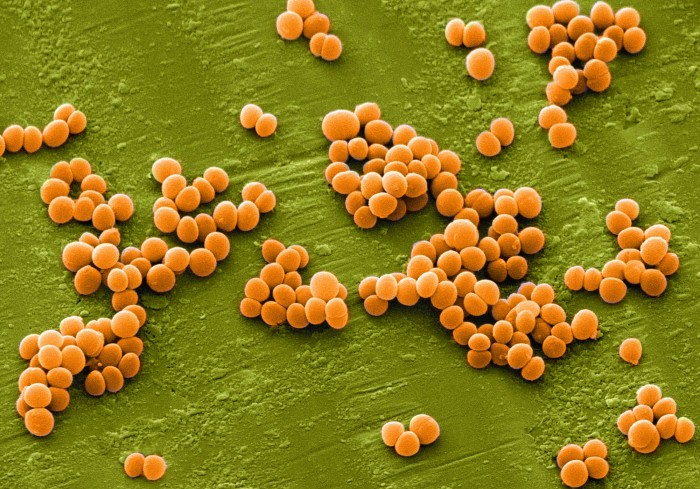Over on nature.com, Sara Reardon provides a brief rundown on different alternatives to traditional antibiotic treatments. These alternatives are among some of the most promising solutions to growing antibiotic resistance. Sara mentions peptides, phages, metals and gene editing techniques. Phages have been used clinically for many years especially in Eastern Europe. And metals like silver and copper have been used as antibiotics since at least the 4th century B.C. Silver in particular causes bacteria to act like zombies and kill other live bacteria after they’ve been treated.
Antibiotic peptides are commonly isolated from the skin of frogs, and also in fungi. These peptides are typically 10–50 amino acid residues long and have many cationic residues. They can act in multiple ways, but most permeabilize and disrupt cellular membranes causing bacterial contents to leak out of the cell.
Gene editing is gaining popularity as scientists makes continued improvements to CRISPR technologies. Bacteria usually use CRISPR to develop resistance to phages and viruses, but scientists are engineering ways to use this to make bacteria attack themselves. As the technology develops, some scientists believe antibiotic CRISPR systems have the potential to be much better than traditional antibiotic treatments.
Taken as a whole, development on all these fronts signals that research on new antibiotics will continue to progress, even as traditional small molecule antibiotics are becoming harder to find.
